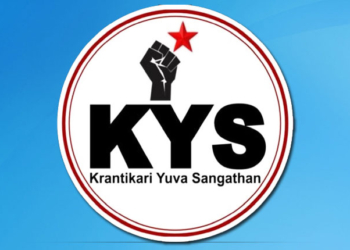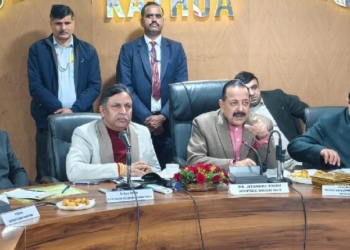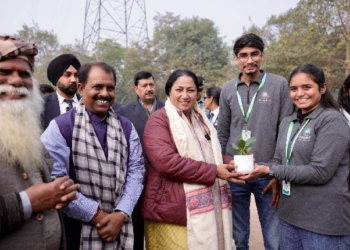New Delhi: The Finance Ministry on Thursday dismissed fears about household savings in the country falling to a multi-decade low amid rising debt as a reflection of distress in the economy.
The ministry issued a statement on X saying that households are now adding lesser financial assets than in the past because they have started taking loans to buy real assets such as homes and vehicles which is “not a sign of distress but of confidence in their future employment and income prospects”.
The Finance Ministry’s statement comes in the wake of data released by the RBI this week which showed that the net financial savings of households collapsed to just 5.1 per cent of GDP, marking the lowest level in five decades. The savings figure for 2021-22 was also scaled down to 7.2 per cent of GDP from 7.6 per cent of GDP (and as much as 8.3 per cent of GDP, as per RBI’s first estimates released in September 2022).
The RBI figures have triggered concerns that incomes declined for many households who were being forced to borrow at a time of high inflation.
The ministry said there has been “a steady double-digit growth in loans for housing since May 2021” indicating that financial liabilities have been incurred to buy real assets.
“Vehicle loans have been growing at double digits since April 2022 and more than 20 per cent since September 2022. The household sector is not in distress, clearly. They are buying vehicles and homes on mortgages,” the ministry observed.
The ministry also said that there is no distress as is being “circulated in some circles” and data indicates that changing consumer preference for different financial products is the real reason for household savings coming down.
“Between June 2020 and March 2023, the Stock of Household Gross Financial Assets went up by 37.6 per cent, and the Stock of Household Gross Financial Liabilities went up by 42.6 per cent — no big difference between the two,” the Ministry asserted, noting that overall net financial assets are still growing despite lower fresh inflows.
“Households added Net Financial Assets of Rs 22.8 lakh crore in FY21, nearly Rs 17 lakh crore in FY22 (2021-22) and Rs 13.8 lakh crore in FY23. So, they added less financial assets to their portfolio than in the previous year and the year before. They added financial assets by a lesser magnitude than in the previous years because they have now started taking loans to buy real assets such as homes,” it said.
“Overall household savings (current prices) — which includes financial, physical and jewellery — has grown at a CAGR (compounded annual growth rate) of 9.2 per cent between 2013-14 and 2021-22. Nominal GDP has grown at a CAGR of 9.65 per cent during the same period,” the Ministry pointed out.
This showed that the ratio of household savings to nominal GDP has remained constant from around 20 per cent to 19 per cent as of 2021-22, the ministry added.
The Ministry also pointed out that according to the RBI’s classification, the household sector includes unincorporated enterprises or the quasi-corporate sector.
“The biggest item that seems to have swung it (the reduction in net financial assets added in 2022-23) is the net flow of credit from Non-Banking Financial Corporations (NBFCs) to the Household Sector, which includes unincorporated enterprises,” it noted.
In 2021-22, NBFCs had lent only Rs 21,400 crore to the household sector, which shot up by “a whopping 11.2 times” to almost Rs 2,40,000 crore, the Ministry said.
“That has set off alarm bells as commentators forgot that these are ‘flow’ numbers,” it said.
“So, 36 per cent of NBFC’s Outstanding Retail Loans are for the purchase of vehicles. That is not a sign of distress on the part of households but of confidence in their future employment and income prospects,” the Ministry said.
It also cited the recent Consumer Confidence Survey of RBI, and the C-Voter Survey of Consumer Optimism conducted in July and August, respectively, to back its claim that a large proportion of loans were spent on buying vehicles.
(IANS)














